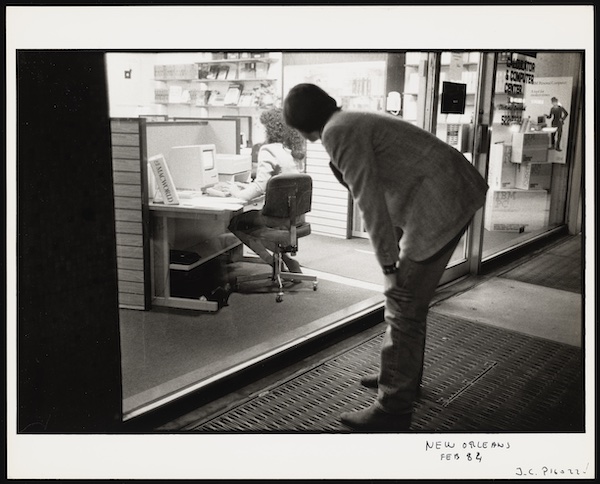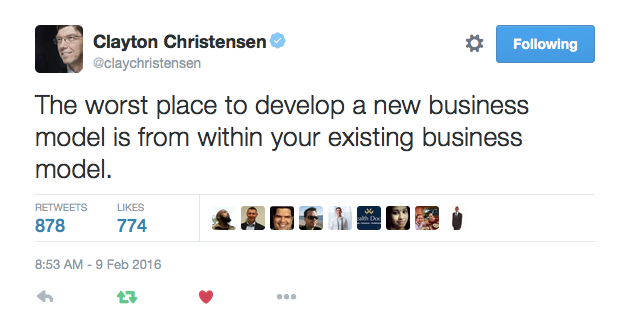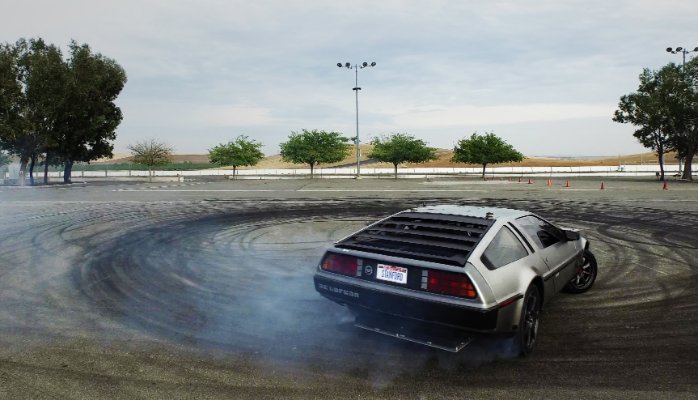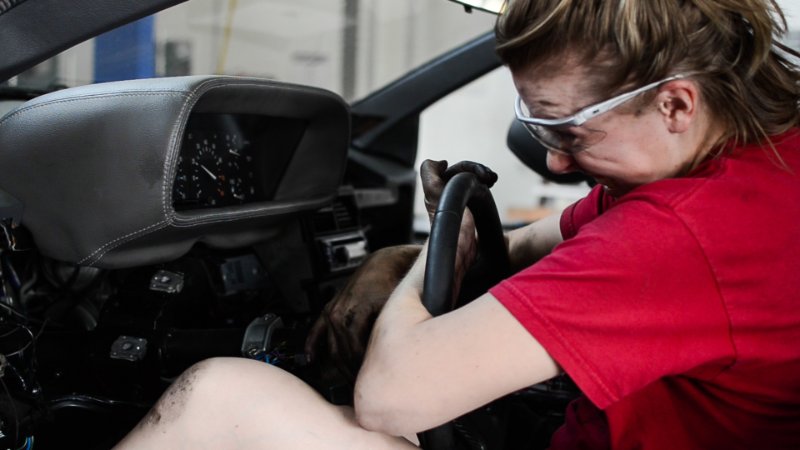If you’ve not signed up for the Steve Jobs Archive mailing list, I would encourage you to do so. What an instructive treasure trove of photos from his life and times.
Case in point:

Here’s what Leslie Berlin, founding Executive Editor of the archive, says about this photo:
Steve’s friend Jean Pigozzi, who calls himself a “serious amateur photographer,” took the image and told me the story behind it. Although Jean did not work in tech, Steve invited him along to a software conference in New Orleans. One evening after the event, as they were walking down O’Keefe Avenue looking for dinner, Steve—a notoriously fast walker—pulled to a halt. Someone in a store window was working on a Macintosh.
He had to take a closer look. How was this person using the Mac? Steve is so curious, so lasered in on trying to understand, that he is bent nearly double.
As a person whose career has been spent dreaming up and shipping products, I know this photo well — I’ve lived it. When you’ve been a part of building something and you spy it in the wild, you just have to stop and watch and see if it is living up to standards you dreamed of — and sweated over — during its development. Is it helping the person using it live a better life? Are they enjoying the experience? What’s not working? What’s getting in the way? What’s surprising? At the end of the day, it’s just fascinating to watch a person use any product, let alone your own.
Above all, what I see in this photo is a curious person. Curiosity is the fuel that powers the engines of innovation. We’re all born with it, but it needs to be cultivated less the vicissitudes of life dampen its fervor.
The best way to stay curious? Peer in office windows. Read a new magazine. Take photos of clouds next time you’re on an airplane. Listen. Look. See.
Act curious to be curious.





